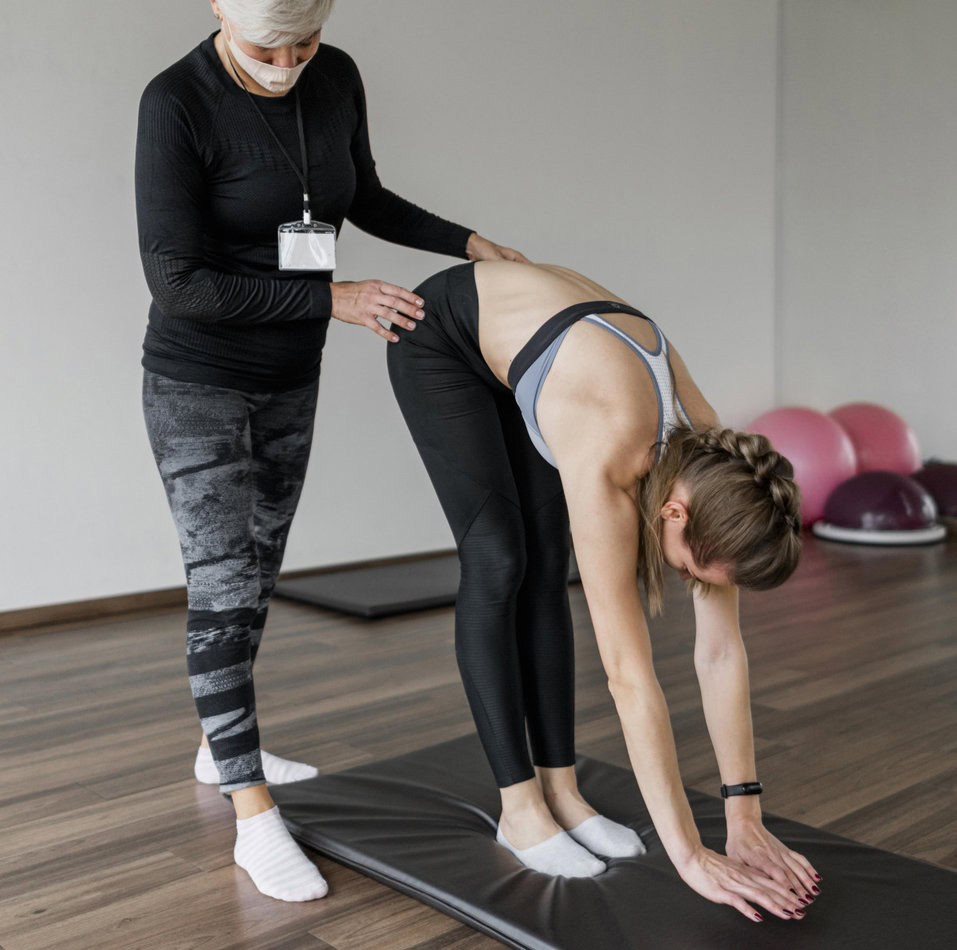Introduction
Athletes constantly seek ways to improve their performance and prevent injuries. While traditional strength and conditioning programs are vital, Pilates offers unique benefits that complement these routines. Pilates, with its emphasis on core strength, flexibility, balance, and mind-body connection, is an excellent addition to any athlete’s training regimen. This article explores how Pilates can enhance athletic performance and help prevent injuries.
1. The Core Benefits of Pilates for Athletes:
Core Strength and Stability: Core strength is crucial for nearly every sport. Pilates focuses on strengthening the deep abdominal muscles, lower back, hips, and glutes, collectively known as the core. A strong core provides stability, improves posture, and enhances power transfer between the upper and lower body, which is essential for activities ranging from running to throwing.
Flexibility and Range of Motion: Flexibility is another critical aspect of athletic performance. Pilates incorporates dynamic stretches and movements that increase the flexibility of muscles and the range of motion of joints. Improved flexibility reduces the risk of muscle strains and enhances overall athletic performance.
Balance and Coordination: Pilates exercises promote balance and coordination by challenging the body’s stabilizing muscles. Enhanced balance helps athletes maintain control over their movements, which is especially beneficial in sports that require quick changes in direction or maintaining posture on unstable surfaces.
2. Injury Prevention Through Pilates:
Muscle Imbalance Correction: Athletes often develop muscle imbalances due to repetitive motions specific to their sports. Pilates exercises are designed to work all muscle groups evenly, helping to correct these imbalances and reducing the risk of overuse injuries.
Improved Body Mechanics: Pilates teaches proper body alignment and movement patterns. Athletes learn to move efficiently and safely, which minimizes the risk of injury during both training and competition. The emphasis on proper form in Pilates carries over to sports, where maintaining correct mechanics is crucial.
Enhanced Recovery: Pilates can be an effective tool for recovery from intense training sessions or injuries. The low-impact nature of Pilates, combined with its focus on controlled movements and stretching, helps to alleviate muscle soreness and promote faster recovery.
3. Scientific Studies Supporting Pilates for Athletes:
Several studies highlight the benefits of Pilates for athletes. For example, a study published in the Journal of Strength and Conditioning Research found that athletes who incorporated Pilates into their training experienced significant improvements in core strength, flexibility, and overall performance.
Another study in the Journal of Bodywork and Movement Therapies demonstrated that a regular Pilates program helped reduce the incidence of injuries in dancers, which can be translated to other high-impact sports where flexibility and strength are essential.
4. Practical Pilates Exercises for Athletes:
The Hundred: An excellent exercise for core strength and stability. Lie on your back, lift your legs to a tabletop position, and pump your arms up and down while keeping your core engaged.
Roll-Up: This exercise stretches the spine and hamstrings while strengthening the core. Start lying flat, arms overhead, and slowly roll up to touch your toes, then roll back down one vertebra at a time.
Plank: A fundamental exercise for core strength and overall stability. Hold a plank position, ensuring your body forms a straight line from head to heels.
Single-Leg Circle: Lying on your back, lift one leg and draw circles in the air. This movement improves hip mobility and strengthens the stabilizing muscles.
Swimming: Lie face down, lift opposite arm and leg, and alternate in a swimming motion. This exercise enhances back strength, coordination, and overall core stability.
5. Integrating Pilates into Athletic Training:
Complementary Routine: Incorporate Pilates into your existing training program 2-3 times a week. Use it as a warm-up or cool-down routine, or as a recovery session on rest days.
Professional Guidance: Consider working with a certified Pilates instructor who has experience with athletes. They can tailor exercises to your specific sport and needs, ensuring you get the maximum benefit.
Consistency: As with any training regimen, consistency is key. Regular Pilates practice will yield the best results, enhancing performance and preventing injuries over time.
Conclusion
Pilates offers athletes a comprehensive approach to enhancing performance and preventing injuries. By focusing on core strength, flexibility, balance, and body mechanics, Pilates complements traditional athletic training and provides a solid foundation for improved athletic performance. Whether you are a professional athlete or an enthusiast, integrating Pilates into your routine can lead to significant benefits, helping you perform at your best while staying injury-free. Start incorporating Pilates today and experience the transformative effects on your athletic journey.
Discover more from Pilates All Ages
Subscribe to get the latest posts sent to your email.
